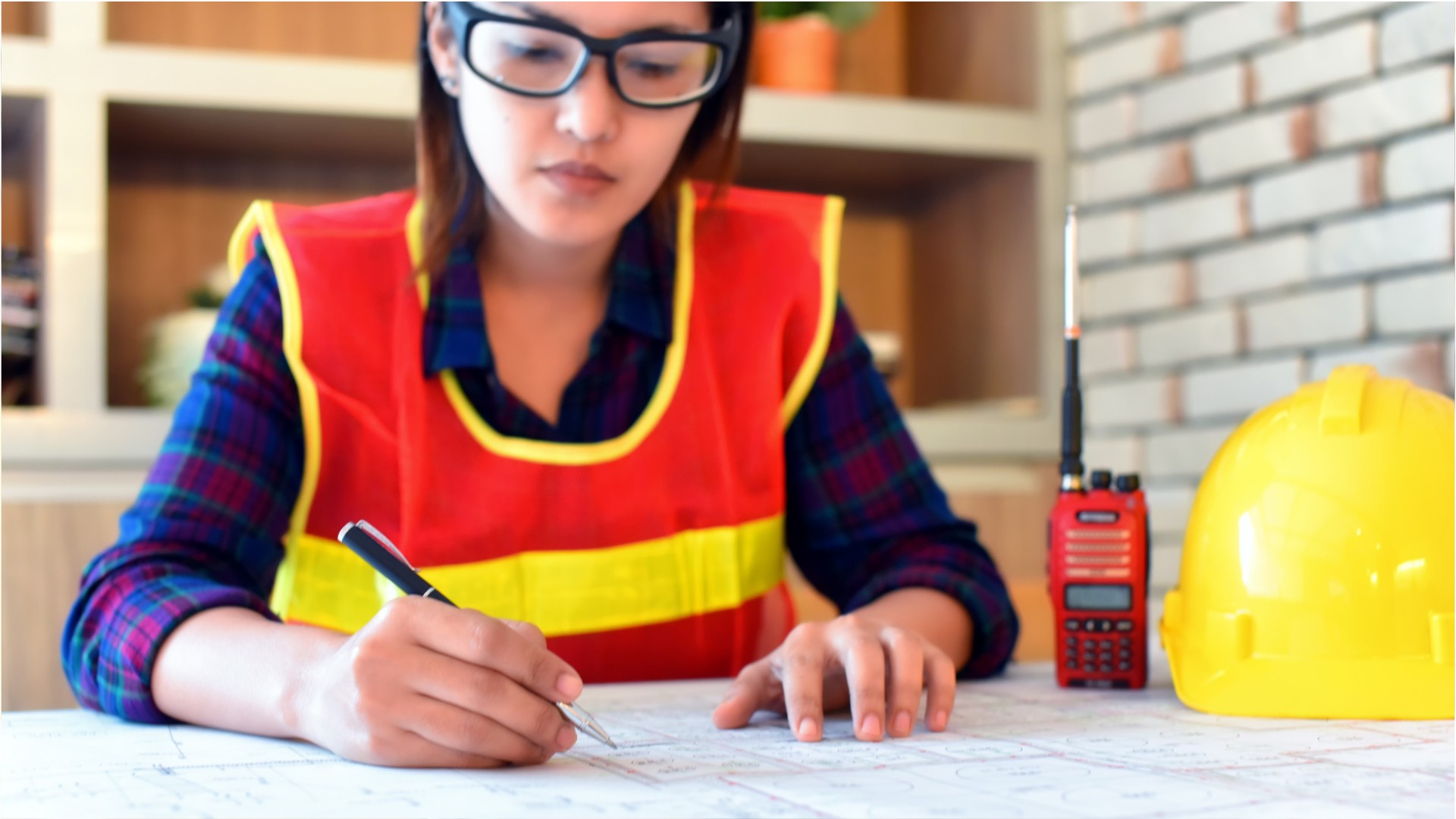Health & Safety Engineers
Product Safety Engineer, Safety and Health Consultant, Safety Engineer, System Safety Engineer
 Select a military branch to see samples.
Select a military branch to see samples.
Aerospace Physiologist; Bioenvironmental Engineer, Health Physics; Bioenvironmental Engineering Apprentice; Health Services Management; Health Services Management Helper; Mobility Force Aviator, C-130J Loadmaster; Mobility Force Aviator, KC-46 Boom Operator; Public Health Craftsman; Public Health Officer, Medical Entomologist; Safety Helper
Engineer Senior Sergeant; Environmental Science and Engineering; Medical Service Corps Officer; Preventive Medicine Sciences; Space Operations; Veterinary Food Inspection Specialist
Marine Safety Specialist; Marine Safety Specialist Deck; Marine Safety Specialist Engineer; Marine Safety Specialist Response; Marine Science Technician
Aviation Safety Officer; Ground Safety Officer; Ground Safety Specialist; Hazardous Material/Hazardous Waste (HM/HW) Officer
Aerospace Experimental Psychologist; Aviation Ordnance Quality Assurance Safety Supervisor; Competent Person For Fall Protection; Industrial Hygiene Officer; Preventive Medicine Technician; Radiation Health Technician; Research Psychologist; Safety Engineer; Staff Aviation Safety Officer; Weapons and Ammunition Inspection/Safety Officer
Bioenvironmental Engineer; Bioenvironmental Engineer, General; Bioenvironmental Engineer, Radiation
What they do:
Promote worksite or product safety by applying knowledge of industrial processes, mechanics, chemistry, psychology, and industrial health and safety laws. Includes industrial product safety engineers.
On the job, you would:
- Investigate industrial accidents, injuries, or occupational diseases to determine causes and preventive measures.
- Conduct research to evaluate safety levels for products.
- Evaluate product designs for safety.
Knowledge
Arts and Humanities
- English language
Engineering and Technology
- product and service development
- mechanical
Business
- customer service
- management
Safety and Government
- public safety and security
Skills
Basic Skills
- reading work related information
- listening to others, not interrupting, and asking good questions
Problem Solving
- noticing a problem and figuring out the best way to solve it
People and Technology Systems
- figuring out how a system should work and how changes in the future will affect it
- thinking about the pros and cons of different options and picking the best one
Abilities
Verbal
- listen and understand what people say
- communicate by speaking
Ideas and Logic
- make general rules or come up with answers from lots of detailed information
- use rules to solve problems
Attention
- pay attention to something without being distracted
Visual Understanding
- see hidden patterns
Personality
People interested in this work like activities that include ideas, thinking, and figuring things out.
They do well at jobs that need:
- Achievement Orientation
- Intellectual Curiosity
- Cautiousness
- Integrity
- Attention to Detail
- Dependability
Technology
You might use software like this on the job:
Analytical or scientific software
- Computational fluid dynamics CFD software
- The MathWorks MATLAB
Presentation software
- Microsoft PowerPoint
Compliance software
- Material safety data sheet MSDS software
- Safety, health, and environmental management software
Education
Education: (rated 4 of 5)
Job Outlook
Average
New job opportunities are likely in the future.
Explore More
- Environmental Compliance Inspectors
- Environmental Engineers
- Environmental Scientists & Specialists, Including Health
- Occupational Health & Safety Specialists
- Occupational Health & Safety Technicians
You might like a career in one of these industries:
See more details at O*NET OnLine about Health & Safety Engineers.






